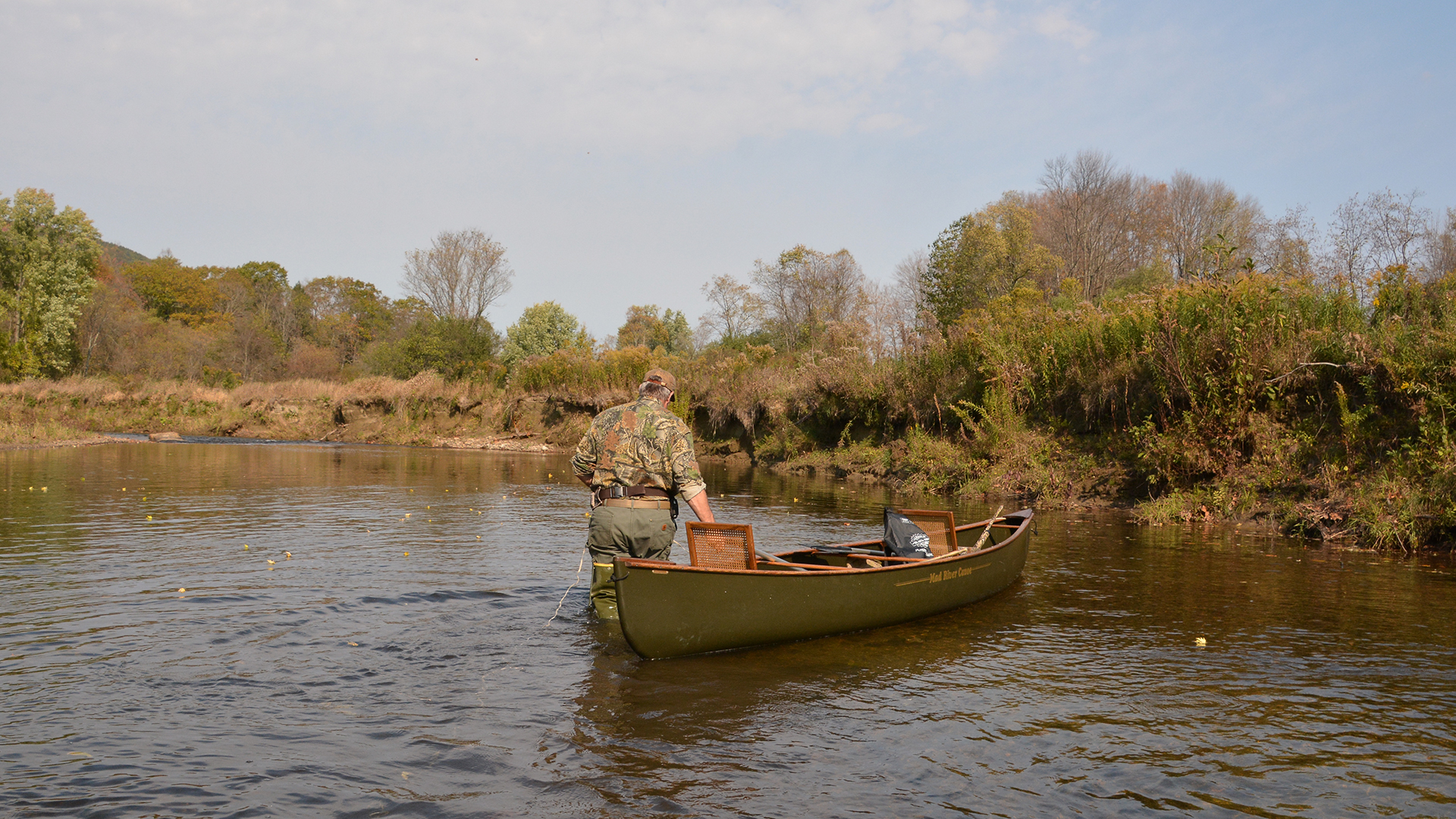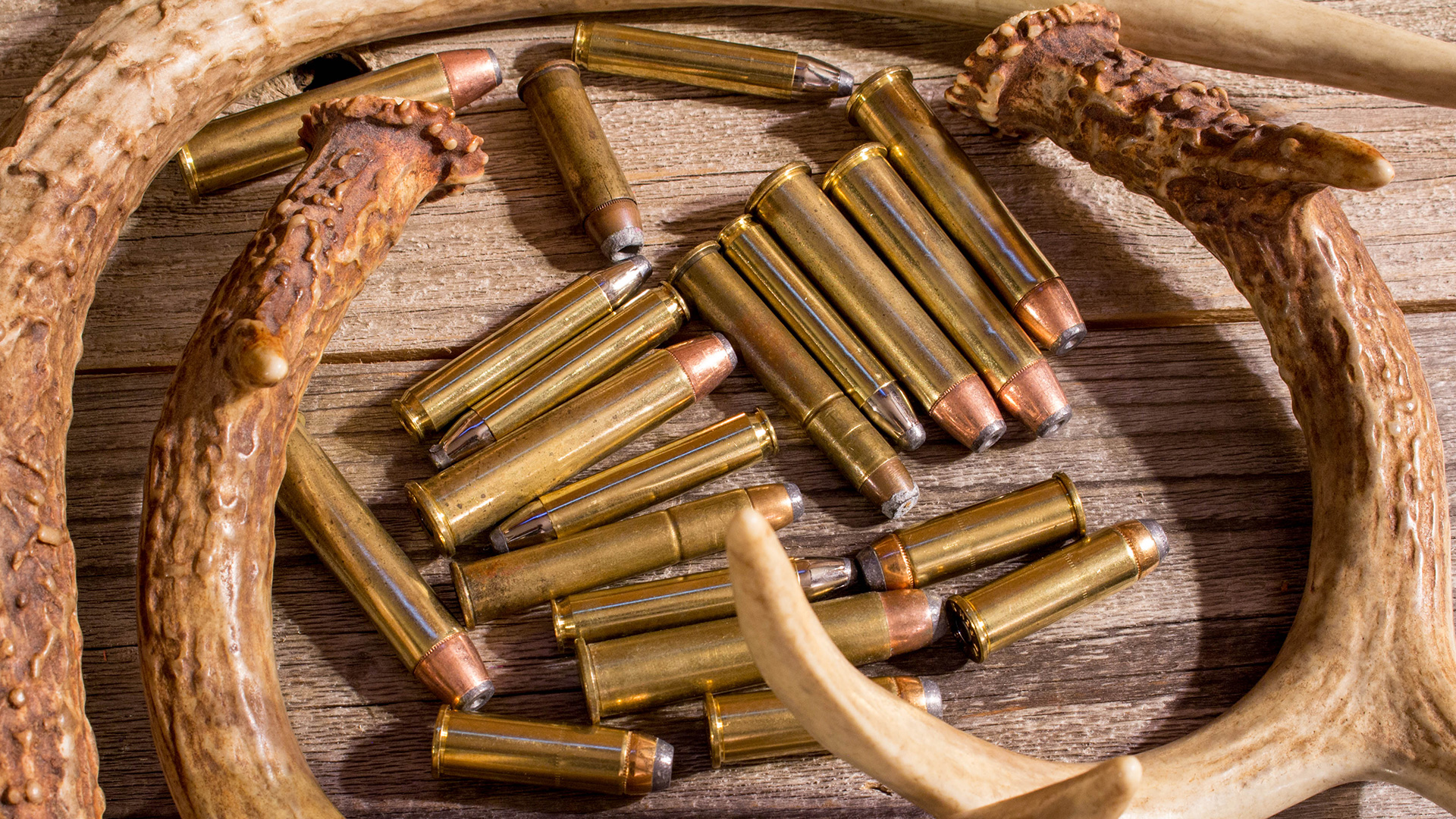
The canoe eased silently through the misty rain as I shivered in the bow seat. Hugging the bank, it nosed out into the narrow, north flowing river where the water made a tight turn to the left. As the bow eased into the current, the force pulled the front of the canoe downstream just as a male wood duck rose from the right bank behind us. He crossed the river, angling upstream and holding close to the water. Using the back pressure from the water to compress the air under his wings, he stayed low for the first few beats, then flared up to gain the altitude needed to clear the tall aspen trees along the far bank. When he broke out of the mist, the rising sun suddenly lit up his spectacular colors and the image imprinted in my mind, where it remains.
It was a tough scenario for a right-handed shooter, but I was young, agile and wound like a spring. I twisted in the seat and swung the double barrels of my old Lefever and when the handloaded cloud of lead No. 4’s swarmed the woodie, he folded and dropped into the river. That was my first duck, and he still hangs on my office wall, some 50-plus years later.
 The author poses with a hen wood duck taken from a canoe while floating a river. This method calls for two hunters: one to paddle, the other to shoot.
The author poses with a hen wood duck taken from a canoe while floating a river. This method calls for two hunters: one to paddle, the other to shoot.
In the decades since, I have been lucky enough to hunt ducks in a multitude of locations both foreign and domestic. I have experienced the best the waterfowl world offers and yet I have never lost my love of floating down a remote stream. Hunting this way takes two people, no more, no less. A shooter and a paddler. Each has a job to do, and they must do it correctly to succeed.
A coin flip usually decides who shoots first. After each shooting opportunity, they trade places. Only the shooter has a loaded shotgun. He stays in the bow and ready for action. He only grabs a paddle if it’s needed to make a passage through rough or empty water. Otherwise, the shooter stays ready, keeps his eyes moving and watching at all times. He must think ahead, figure where a duck might flush from and be positioned to make a shot at any time.
The guy paddling is the one with the most responsibility. He must keep the canoe oriented so that the shooter is in position anytime a duck flushes. The key is to keep movement of all kinds to a minimum. That means simple, slow manipulation of the paddle. I once hunted with a buddy who was a whitewater canoe enthusiast. He was tall and long-armed and loved to reach way out, turning the canoe until the gunnel was almost underwater with the paddle grabbing the river far from the boat. This was a great technique for fast-paced whitewater, but it not only scares the hell out of the shooter who is not expecting the canoe to all but tip over, it also puts him in a bad position to shoot.
It’s better to use softer, subtle maneuvers with the paddle to keep the canoe in position with the smallest amount of movement possible. The paddler should never tip the canoe deliberately, but should strive to keep it stable, level and smoothly flowing with the current. Or lacking a current, he should paddle to move the canoe forward. The paddler must be quiet, no splashing, and never bang the paddle on the canoe gunnel. Stealth is the key. Just take it slow, work with the river while keeping the shooter positioned for the shot. Using a slow, smooth J-stroke on the paddler’s strong side is best. Keep the paddle movement to a minimum, as the ducks can see it flashing if you are waving it around or switching sides on the canoe. It’s better, when you can, to keep the paddle in the water and just twist it to slice through the water as you move it forward for the next stroke. This works well if you are going with the flow of the river where you are mostly steering.

Ducks don’t like to work any harder than necessary, so they will be in calmer water where there is less current to fight. That often means that they will be behind anything that slows the water. Particularly if they can see through or past it. A bunch of driftwood caught on the bank, or a log that fell into the river or even sections of bank that collapsed, anything that will create an obstruction on the edge of the river to create calm water behind it is a good spot. Any backwater formed along the edge is a good place.
Just remember they will be looking for you, too, and they have excellent vision. Approach carefully and keep movement to a bare minimum. Wear camo and don’t forget your hands and face. These will shine like a beacon sometimes. Birds can see color, so choose a canoe that is drab and matches the background. It’s important that the ducks not notice the canoe until you are well within shooting range. Hot pink is not a good choice.
The best stretches of the river are in an older waterway that meanders with lots of turns and curves or a marshy stream with enough vegetation to hide your approach, but any slow-flowing stream will work.
 Ducks usually flush out over the river. The paddler should orient the canoe so the shooter can swing his barrel off his weak shoulder.
Ducks usually flush out over the river. The paddler should orient the canoe so the shooter can swing his barrel off his weak shoulder.
The ducks often flush from the inside of a turn, as the current will slow close to the bank. They almost always flush out over the river. So as the shooter approaches a left bend in the river, the paddler will orient the canoe so that a right-handed shooter should have the ducks flushing off his left shoulder, which allows him to swing the shotgun across the river. Often, with a right turn, the canoe will be turned so that it’s pointing at the bank with the stern out in the river and it’s drifting almost sideways. That gives the shooter the ability to swing the shotgun for a right-to-left shot. (For lefties all this is, of course, reversed.) The paddler should always be aware of the situation and work to keep the shooter in position for a shot, not just on the bends or obstructions, but all the time.
Never have the muzzle of a loaded shotgun inside the canoe. One negligent discharge and you have lost your ride home. If the canoe sinks, it might be difficult to walk to the truck.
Always have a spare (third) paddle tied to the canoe. That way if you tip over and lose your primary paddles, you have a way to move the recovered canoe. Always have your gear in dry bags and keep them shut tight. You can’t predict when trouble might come along. Hypothermia is real and a spare, dry jacket can be the difference between life and death.
You need two trucks, hip boots and a good attitude to enjoy the full experience of this wonderful way to chase ducks.




































